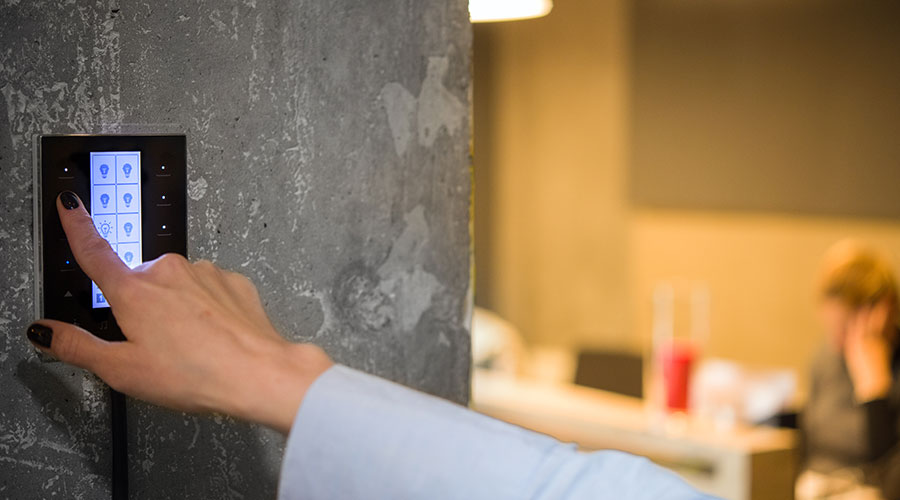The Benefits of Indirect Lighting
Because we learn about light from the sun and sky, most people are comfortable with even brightness from above as long as it falls within an acceptable contrast ratio. Thus began the current era of up-lighting, also known as indirect lighting. Of course, up-lighting is not a new concept. Many large churches designed centuries ago have well-placed openings to allow sunlight to fall on the ceiling and walls. That made the space more comfortable and appear larger than if the openings were closer to the ground and only allowed light in nearer to the floor.
But purely indirect lighting often approximates an overcast day and can have a flat and dull effect. Without the addition of brightness or points of sparkle, employees may tend to be lethargic and find it harder to work efficiently. Without access to daylight and exterior views, this effect will be exacerbated and may contribute to increased absenteeism and low morale. This situation can be helped by adding points of sparkle to a space and other points of interest that offer brightness.
Replacing indirect pendants with semi-indirect (perforated housing that allows fixtures to glow) or even direct/indirect lighting (allows some light to exit the bottom of the fixture) will help mitigate the problem. Direct source lighting approximates the sun on a cloudless day; points of sparkle are like streams of light passing through branches of trees. Art work or other focal points around the perimeter to replace the ever-changing natural horizon can complement the lighting design, just as the lighting complements use of the space. The result supports productivity two ways: by providing the proper amount of light and by taking advantage of indirect but psychologically powerful effects of light on people.
Related Topics:















